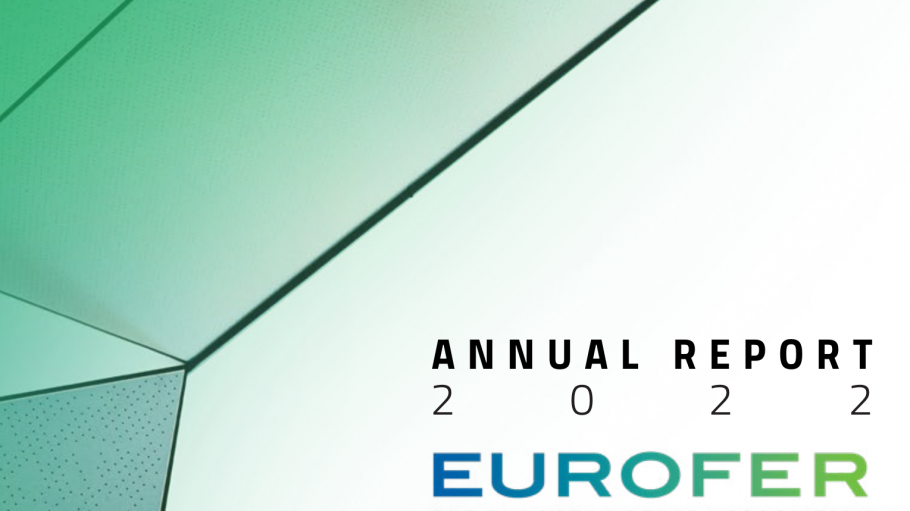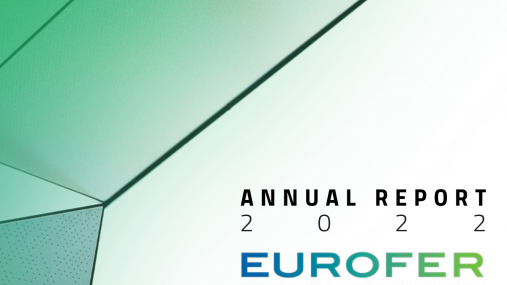

As every year, the publication of the EUROFER Annual Report is an opportunity to recap the policy work conducted by the association throughout 2021, as well as to inspect the forthcoming priority work areas EUROFER will be facing in the next months.
EUROFER will continue to push for strengthened carbon leakage protection, together with faster access to affordable and alternative energy. Another strategic priority is to ensure access to scrap, and avoiding its export to third countries with lower environmental and social standards.
The European steel industry is committed to overcoming all these challenges, while reaffirming its strategic importance for the EU and its crucial role in tackling climate change.
We hope you find the EUROFER Annual Report 2022 an interesting and useful read.
The full report is available below.

Download this publication or visit associated links
Brussels, 02 December 2025 – Unchanged negative conditions – U.S. tariffs and trade disruptions, economic and geopolitical tensions, protracted weak demand and still high energy prices – continue to weigh on the European steel market. EUROFER’s latest Economic and Steel Market Outlook confirms for 2025 another recession in both apparent steel consumption (-0.2%, unchanged) and steel-using sectors (-0.5%, revised from -0.7%). A potential recovery is expected only in 2026 for the Steel Weighted Industrial Production index (SWIP) (+1.8%, stable) and for apparent steel consumption (+3%, slightly revised from +3.1%) – although consumption volumes would still remain well below pre-pandemic levels. Steel imports retained historically high shares (27%), while exports plummeted (-9%) in the first eight months of 2025.
Fourth quarter 2025 report. Data up to, and including, second quarter 2025
Brussels, 27 November 2025 - The European ceramic, aluminium, ferro-alloys and steel industries express their deep concern about the potential impact of the EU-India FTA on strategic European industries if a sector-specific approach is not adopted and our sectors’ challenges are not duly considered.